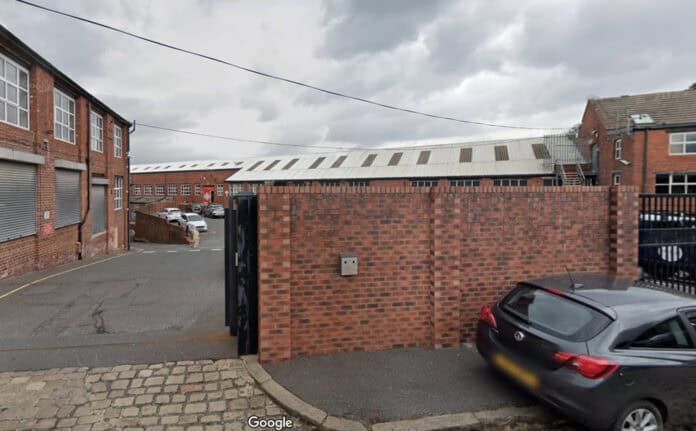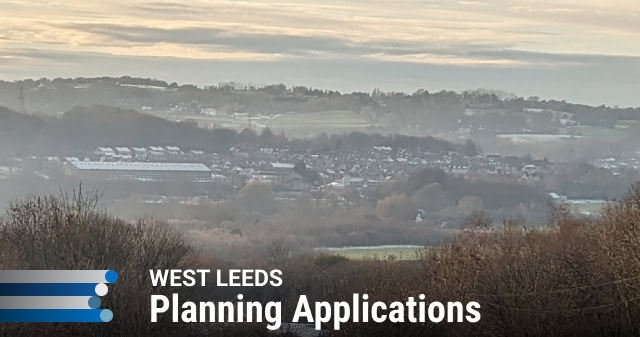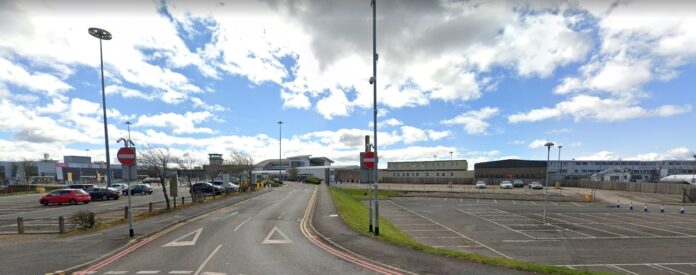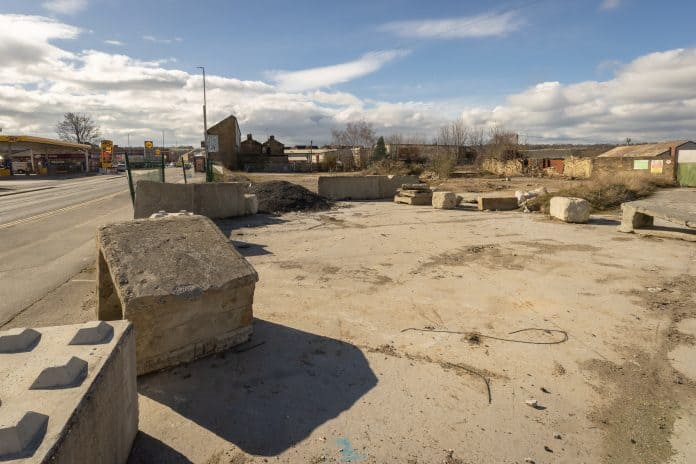By John Baron
Plans to open a Military Preparation College on an Armley trading estate have been approved by Leeds City Council planners.
Applicant Michael Ronan, from education provider Learning Curve Group, has been granted approval to open the Military Preparation College (MPCT) in units 9 and 9A of the Carlton Trading Estate in Pickering Street.
The vacant units had previously been used by a distribution company. The new college would be open 8.30am-5pm weekdays, employ three full-time staff and attract up to 60 students between 16 to 19 years old.
A statement submitted with the planning application said: “MPCT delivers vocational training and education for young people aged 16 to 19 focusing on employability, fitness, and military preparation.
“This provision addresses skills gaps, reduces youth unemployment, and supports Leeds economic strategy.”
MPCT says is will reduce the number of young NEET young people Not in Education, Education or Training), and will engage with hard-to-reach learners, as well as providing a pipeline of skilled candidates to the Armed Forces and local employers.
A planning officer’s report approving the application stated: “The site would be well-located within an existing industrial/commercial setting with no residential accommodation to be affected.
“It would have a neutral impact on visual amenity as it does not propose to alter the appearance of the site. It appears that the scheme would be compliant with relevant policies on amenity.”
The plans to change the use of a former industrial unit to a training and education academy can be viewed in full here.
WLD first reported the plans in August.
Sponsored content

















